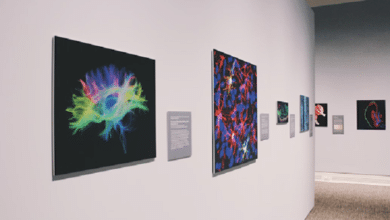The Art of Model Trains: Building Your Own Miniature World

Model train collecting is more than a hobby—it’s an art form that combines precision, creativity and nostalgia. Whether you’re recreating a historical railway scene or imagining your own unique landscape, model trains offer endless possibilities for enthusiasts of all ages.
Getting Started with Model Trains
The first step in model trains is choosing your scale. The most popular scales are HO (1:87), which offers a good balance between detail and manageable size and N (1:160), which is ideal for those with limited space. Larger scales like G (1:22.5) are often used for outdoor garden railways and they allow for more detailed and robust features.
Once you’ve selected your scale, the next step is to choose a theme or era. Some hobbyists recreate specific historical periods, like the steam-driven trains of the 1800s or the bustling railroads of the mid-20th century. Others prefer to create fictional landscapes that reflect their own visions and stories.
Designing the Layout
The heart of model train enthusiasm is the layout. This is where you’ll spend most of your time planning and building. A good layout requires thoughtful design, in both the placement of the tracks and in the scenery that surrounds them. You’ll need to consider the following:
- Track Configuration: Decide on a simple oval, a figure-eight or a more complex network of tracks that includes switches, bridges and tunnels.
- Scenery: This includes everything from the natural environment (hills, rivers, forests) to human-made structures (buildings, stations, industrial areas).
- Functionality: Ensure there are no unreachable areas in case of derails or maintenance needs and consider incorporating digital controls for more advanced operations.
Building the Scenery
Crafting the scenery is where your creativity really shines. This involves multiple skills, from woodworking and painting to electrical engineering and landscape design. Here’s how you can start:
- Base and Terrain: Use foam or plywood for the base of your layout. Shape the terrain with sculpting materials like plaster or foam to create mountains, valleys and plains.
- Landscaping: Add grass, trees and bushes using materials like static grass or lichen. Realistic water features can be made with resin or silicone products.
- Structures: Build or buy scale models of houses, train stations and other buildings. For added realism, weather the structures with paints and pigments to simulate age and exposure to the elements.
- Details: Small details such as model people, farm animal toys, scale vehicles and even street signs can make your world come to life. These are often what capture viewers’ attention and make the scene feel real.
Incorporating Technology
Modern model train setups often include sophisticated technology. Digital Command Control systems allow you to operate multiple trains independently on the same track and control various aspects like speed, lighting and sound. Incorporating apps and software for layout control can also enhance the operation and enjoyment of your model trains.
Connecting with the Community
Model train building is a hobby that connects people. Joining clubs and online forums can provide valuable advice, inspiration and friendship. Exhibitions and trade shows are great places to see other layouts, meet enthusiasts and pick up new ideas and supplies.
Building model trains and their environments is a rewarding endeavor that offers a unique blend of artistic expression and technical challenge. It allows you to capture a piece of history or create a fantasy land where tiny trains chug through beautifully detailed landscapes. Whether you’re a beginner or a seasoned enthusiast, the world of model trains invites you to dive into a rewarding and immersive hobby.




